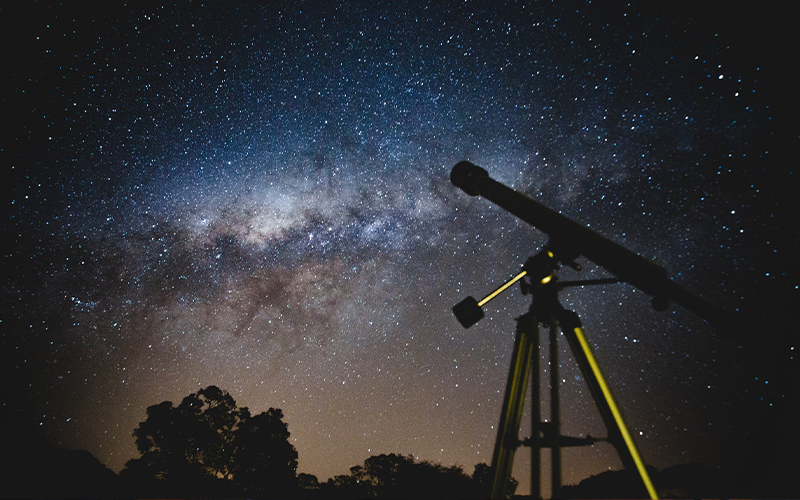The physical body consist of 7 energy centers, which plays very important role in vatsushastra which are termed as glands.
Glands are those points where maximum number of nerves intersect each other, their function is to secrete hormones.
Science has proved that when the hormonal secretions of these glands are aggravated or depleted then the person suffers from diseases. The secretions should be always balanced.
As per mythological scripts i.e. Vedas and Upanishads the same thing is depicted in different terminology. As per Tairtiya Upanishad it has been written that the cosmic body of a person has 7 energy centers which are termed as Chakras.
Chakra is a Sanskrit word which means “wheel of light”. They are conductors of energy. It conducts cosmic energy and earth energy. These energies relate to our aura. Aura has seven layers. The point, at which these energies meet are chakras.
There are thousands of chakras in our body. But there are seven major chakras which control and regulate others which are in turn linked to our organs.
These chakras can be in any of the 4 states – balanced, open, blocked or sealed. Let me share with you what does this state means through its characteristics.
As we are aware, our body is 80% filled with fluid, which is moving, and our mind has floating thoughts, everything in the mind-body energy system is moving. This makes it crucial that our energy centres – the seven main chakras, stay open, aligned, and fluid.
The states of Chakra –
- Balanced – Properly functioning, allowing free flow of energy all the time, spinning in a proper direction (clockwise).
- Open – channel is created between person and environment for flow of energy
- Blocked – spinning anti-clockwise, not spinning, energy flow is stuck
- Sealed – healthy and balanced chakra covered with a protective layer
The state of our mental and physical health is directly linked to the state of chakras in our body. If there’s a blockage or any of the chakra is closed due to any kind of negative energies or blocks, the flow of energy is narrowed – like River water is forced to flow through a stream. Similar things happen with flowing energy in our body and mind resulting in illness and sickness.
Seven Major Chakra Centres and their representing traits:
1. ‘Muladhara’: The Root or Basic Chakra
The South-West direction (Nairitya) where the ‘Vastu Purusha’ has his legs corresponds to the ‘Muladhara Chakra’ and denotes the ‘Earth’ Principle. Just as the legs support the weight of the body, the base should be stable and strong. Accordingly, the South-West portion of the building is the load bearing area; and should be strong enough to support heavy weights. When the earth element of our Vastu i.e. South-west direction is defective, one can face problems of bones, arthritis, sexual imbalance, lack of proper base and concretivity in life. Lack of moral support. This charka is the centre of concretivity, stability, dominance and leadership (head of the family).
2. ‘Swadhistana’: Hara Chakra / Pelvic Chakraladhara
‘Svadhisthana Chakra’ is in the lower stomach region. It is related to‘Water’ Principle. The direction of this chakra is North-east (Ishanya). Problems related to Hara Chakra are emotions, swelling over the body, kidney problems gynec problem, cough, cold and sinus. This chakra is the centre of – emotions.
3. ‘Manipura’:The Solar Plexus Chakra
‘Manipura Chakra’ is at the ‘navel’ and relates to energy, ‘Fire’, or ‘Tejas’.
The direction related to this chakra in Vastu is South-east (Agneya). If the south east corner of the house is defective, one can suffer from stomach problems, cancer, diabeties, chronic diseases, aggravation of energy, jealousy, anger and fights.
This chakra is the centre of – health, energy, sincerity and desires.
4. ‘Anahata’:The Heart Chakra
‘Anahata Chakra’ is near the heart. It is related to ‘Vayu’ (Air) regulated by lungs. The lung region of the’ Vastu Purusha’ should be airy. The direction related to this chakra is North-west (Waiewya). If the north-west direction of the house is defective, one can face the problems of low B.P. and high B.P., fear, swelling of body, lungs related diseases, heart pain and angina.
This chakra is center of passion, love, compassion and preservation.
5. ‘Vishuddha’:The Throat Chakra
‘Vishuddha Chakra’ is near the throat from where the sounds come out and reverberate in space. The direction related to this chakra is upward direction i.e. towards the sky and the Brahmasthan i.e. middle point of the Vastu. When the sky element is disturbed (i.e. there are no proper arrangements of lights in any Vastu) one can face the problems of throat infection, cough cold, communication skill, convincing power and low attitude towards life.
This chakra is the centre of communication, wisdom and attitude in our life.
6. ‘Ajna’: The Brow Chakra
‘Ajna Chakra’ is between the eyebrows. The direction related to this chakra is exact center of Vastu. If this center is defective one can face the problems of intelligence, intellectual, mental problem, weak memory and over all defects of human body.
This chakra is the center of knowledge, sixth sense, memory and intellectual capacity.
7. ‘Sahasrara’: The Crown Chakra
The crown chakra is related to all directions.
This is the center of spirituality in a Vastu. This is directly related to nature.
Science has proved that pituitary gland controls the secretions of all the glands of human body. If a human body is supposed to be an organization, the pineal gland is the director of this organization. The pituitary gland is the manager of this organization and all the other glands are the workers. The function of the director is to provide funds (energy) to the manager. The manager in turn utilizes these funds with the on-line workers i.e. all the chakras for a successful organization.




